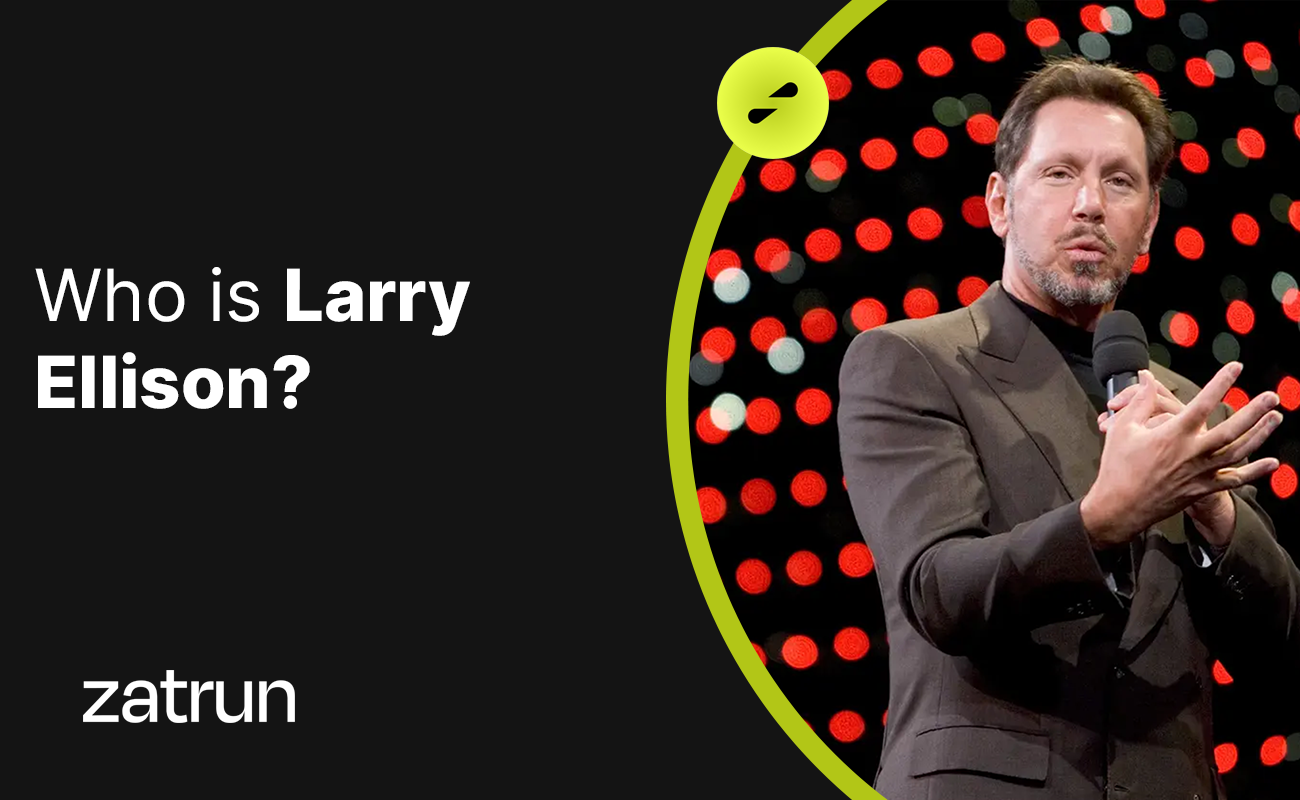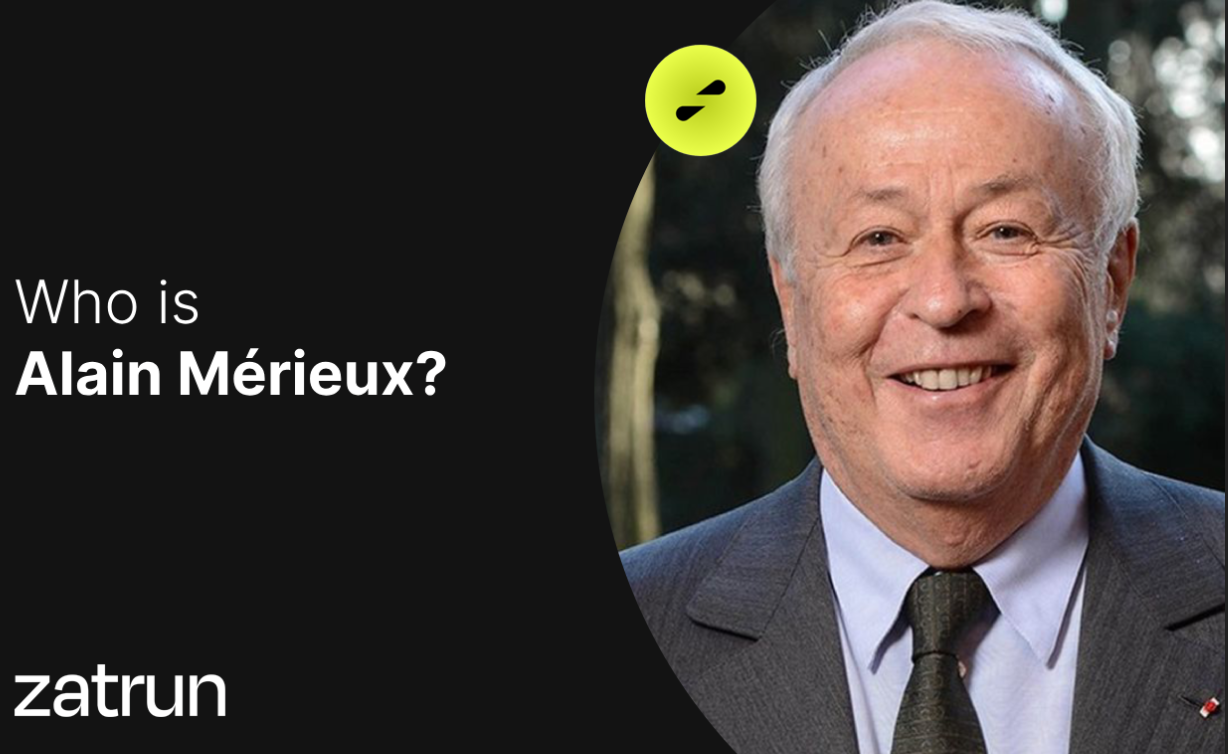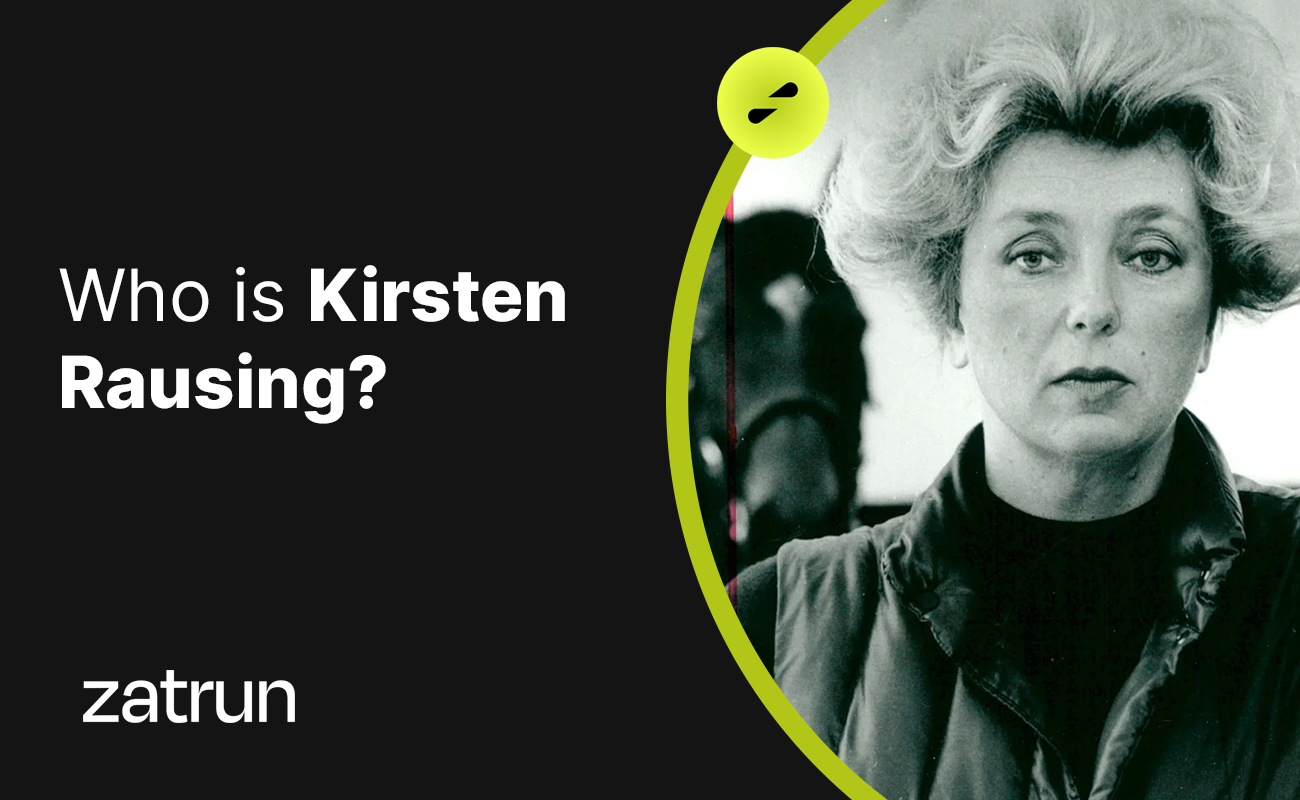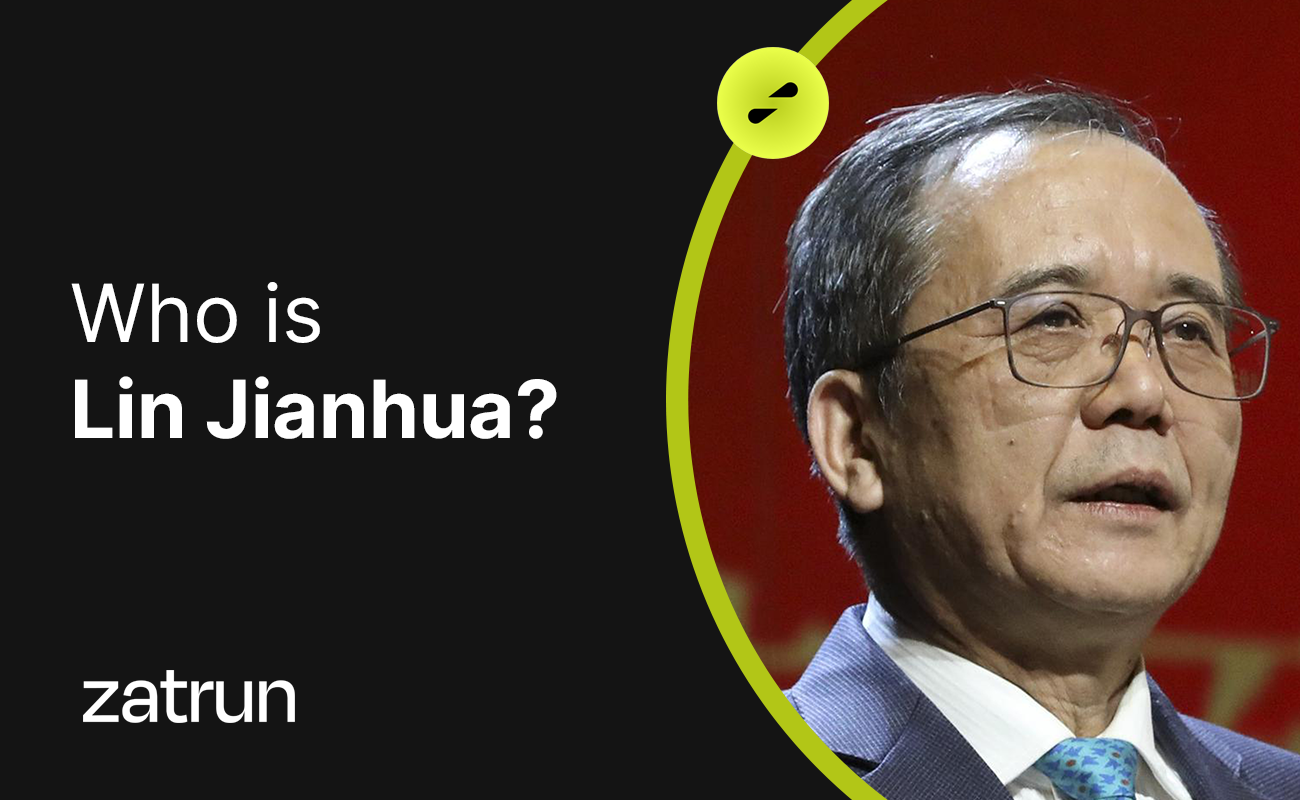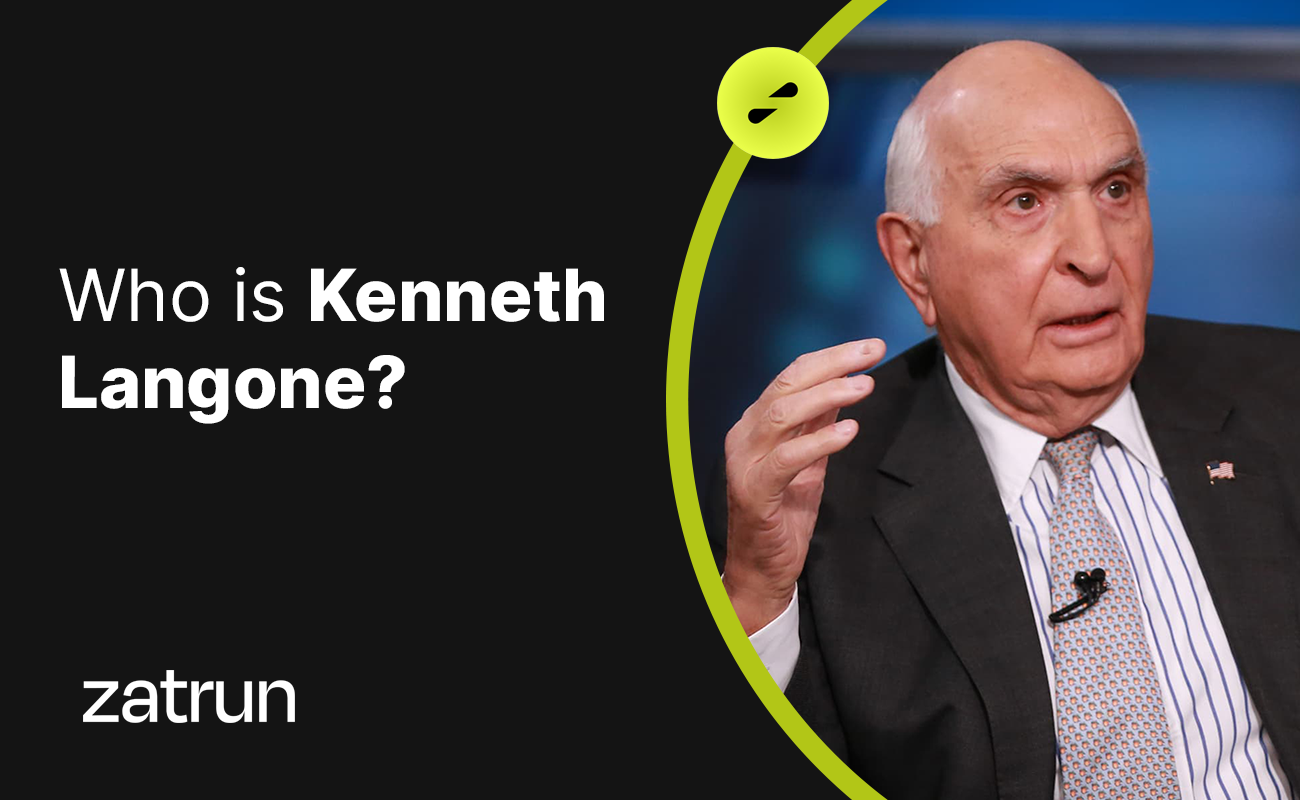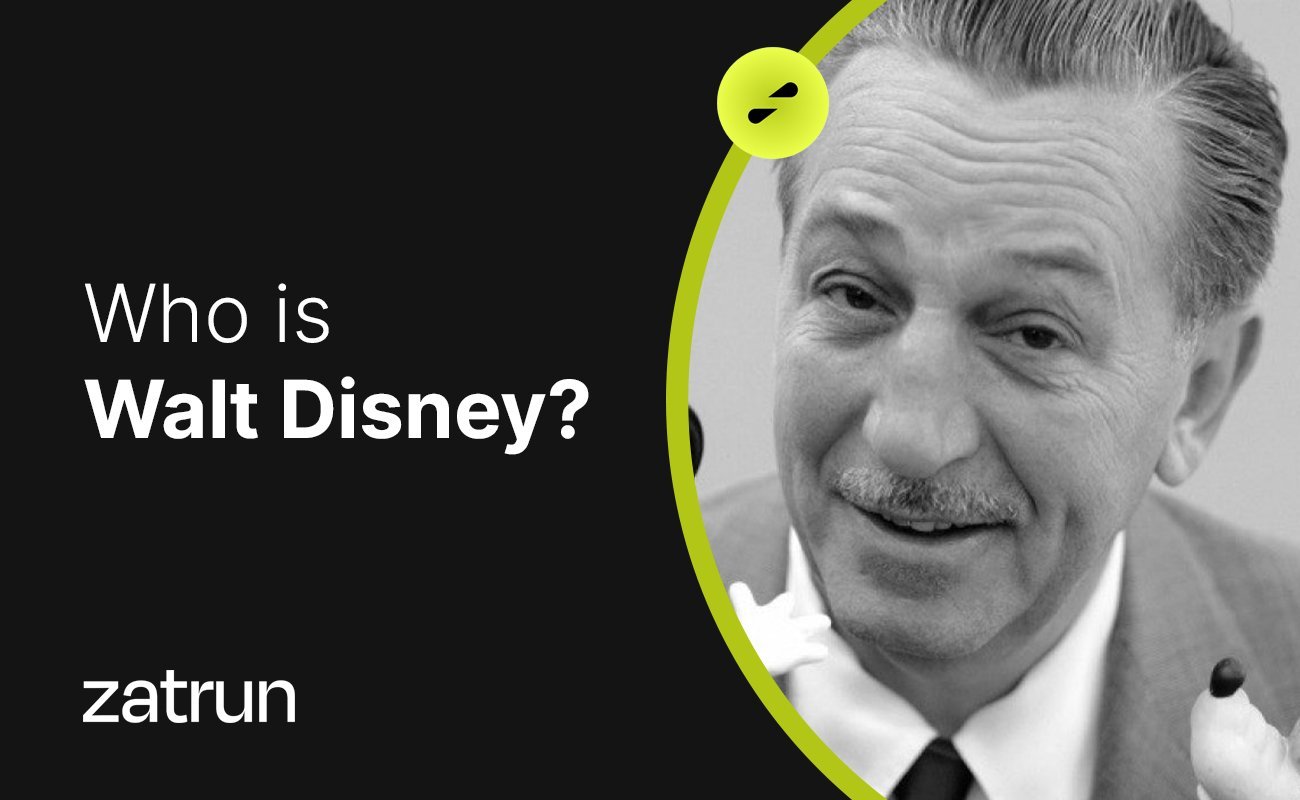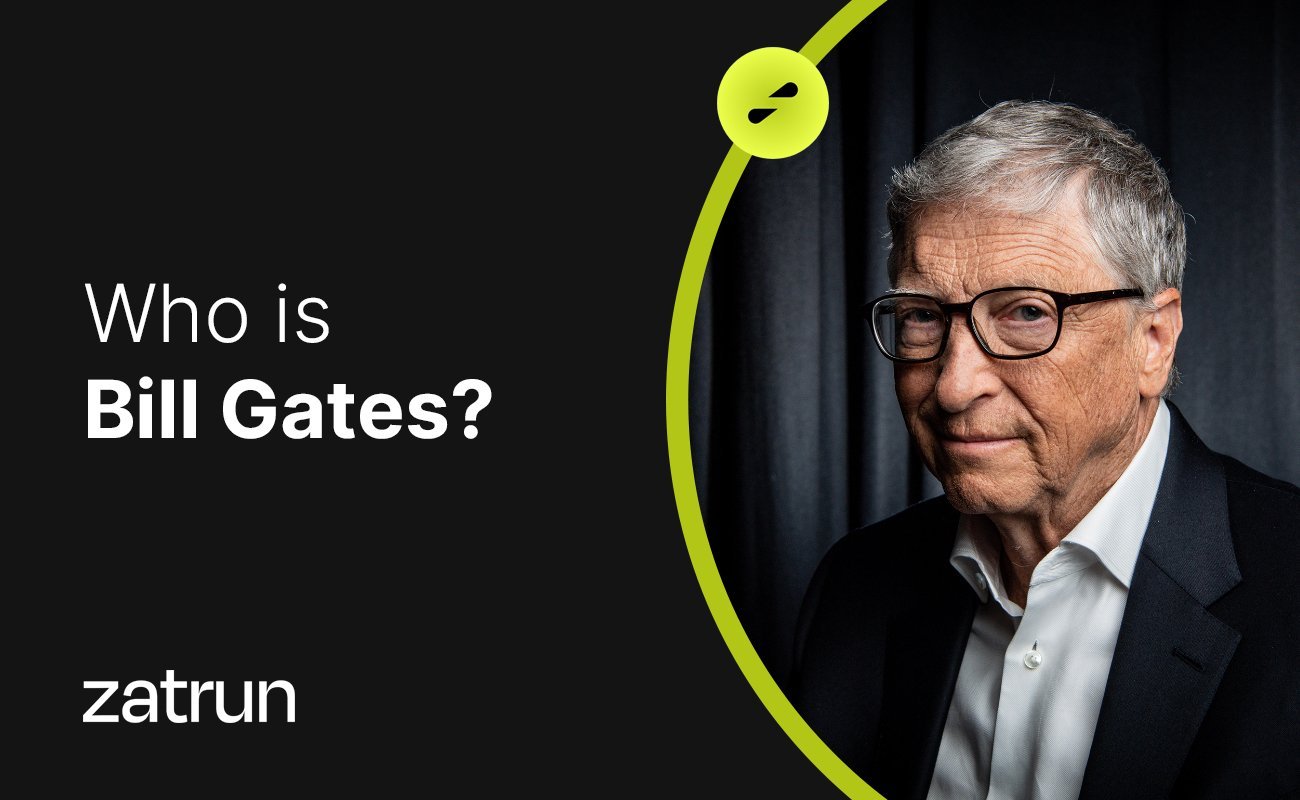Steve Jobs was an American entrepreneur, industrial designer, media proprietor, and investor, born in 1955. He was the co-founder, chairman, and CEO of Apple, as well as the president and majority shareholder of Pixar. After purchasing Pixar, he became a member of the board of directors of The Walt Disney Company. He also served as the founder, chairman, and CEO of NeXT.
He is widely regarded as one of the pioneers of the personal computer revolution. Steve Wozniak, Apple’s co-founder and first business partner, gained recognition in the 1970s and 1980s, but it was with Apple after 2000 that he gained his true fame. For a comprehensive understanding of his background and journey, we suggest perusing this Zatrun.com article.
Who is Steve Jobs?
Steve Jobs was born on February 24, 1955, in San Francisco, California. He was adopted by a family who lived in what would later be known as Silicon Valley in California. Despite being highly intelligent, Jobs did not excel in his education. After high school, he enrolled in Reed College in Portland, Oregon. However, he dropped out of university after six months and spent the next 1.5 years attending creative classes.
In 1974, Jobs started working as a video game designer at Atari. A few months later, he left the company to find spiritual enlightenment in India. He spent that period traveling frequently and experimenting with psychedelic drugs. When Jobs was just 21, he and Wozniak founded Apple Computer in Jobs’ family garage in 1976. They financed their venture by selling Jobs’ Volkswagen and Wozniak’s scientific calculator.

Wozniak designed a series of user-friendly personal computers, and Jobs, responsible for marketing, sold the Apple computers for $666.66 each. The company made $774,000 at that time. With the release of the second model, Apple II, the company grew even more. Three years later, the company had increased its sales by 700% and made $139 million. In 1980, Apple Computer became a public company with a market value of $1.2 billion. At the same time, Jobs brought in John Sculley, a marketing expert from Pepsi-Cola, as the company’s CEO.
Jobs and His Apple Journey
Despite their initial success, Apple’s latest products had some significant design issues, and user feedback was not good for the company. Apple had to recall its products. During this time, Apple’s rival, IBM, was gaining momentum, and Apple found itself in a world dominated by the IBM PC.
In 1984, Apple released Macintosh, which marketed the computer as part of a counterculture lifestyle. Macintosh sold well, and its performance was better than the IBM PC. However, Macintosh was not compatible with IBM, which was seen as a problem. Additionally, the first Macs were a bit expensive and had very few software applications. CEO Sculley did not like this situation.
John Sculley, whom Steve Jobs had brought into the company as CEO, believed that Jobs was starting to harm the company. In 1985, Sculley convinced Apple’s board of directors to remove the company’s co-founder from his position, and Jobs had to leave the company.

In late 1996, burdened with huge financial losses and on the brink of collapse, Apple brought Gilbert Amelio on board as the new CEO. The new CEO acquired Jobs’ company NEXTSTEP for over $400 million and brought Jobs back to Apple. In 1997, Jobs became Apple’s CEO.
With a new management team, revised stock options, Jobs’ brilliant products (such as the iMac), effective branding campaigns, and sleek designs, Apple once again caught consumers’ attention. In the following years, Apple introduced revolutionary products that shaped the development of technology, such as the Macbook Air, iPod, and iPhone.
The NeXT and Pixar Era
After leaving Apple, Steve Jobs founded NeXT, which aimed to design powerful computers for the education market. Texas entrepreneur Ross Perot and Japanese electronics company Canon were among the investors who provided funding and became partners with Jobs. NeXT computers were eye-catching with their designs, but cheaper computers produced by competitors such as Sun Microsystems surpassed NeXT.
In addition to NeXT, Jobs acquired Pixar, a production company founded as a division of film director George Lucas’s Lucasfilm Ltd. in 1986, which later became an animation film company. Believing in Pixar’s potential, Jobs invested $50 million in the company.

In the following years, Jobs turned Pixar into a major animation studio. The studio produced Toy Story, the first feature-length film completely made with computer animation, in 1995. In 2006, Jobs sold the company to Disney Company for a price much higher than what he had paid to acquire it.
Steve Jobs’ Health Problems and Death
In 2003, Steve Jobs was diagnosed with a rare form of pancreatic cancer. He delayed the surgery for about nine months because he tried alternative medical approaches. In 2004, he underwent a major reconstructive surgery called the Whipple procedure. After a short period of rest, Jobs returned to his work at Apple.
However, in 2008, Steve Jobs lost a significant amount of weight, leading to speculation that his cancer had returned. On January 9, 2009, Jobs released a statement saying he was suffering from a hormone imbalance and would continue his work at Apple. However, he announced that he would take an immediate leave of absence until the end of June to focus on his health, which was less than a week later.
In April 2009, Jobs underwent a liver transplant, and as he stated, he returned to work in June. However, in January 2011, he took another medical leave of absence. He resigned as CEO in August and passed away two months later.


